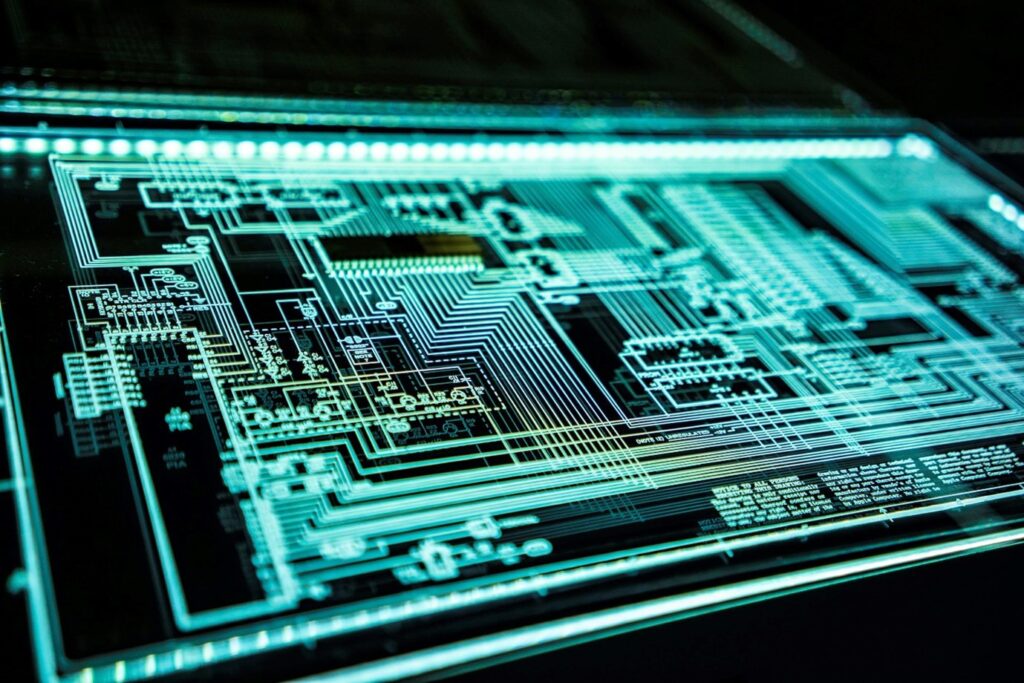The digital space is already an integral part of our daily lives. Additionally, more and more information is being transferred to the digital realm, which on one hand is associated with extended preservation capabilities, but on the other hand brings certain risks and threats. One of these is cyberattacks. The same artificial intelligence can also be a powerful tool in combating such challenges.

In the Shadow of Cyberattacks
Cybersecurity refers to any technology, practice, or policy aimed at preventing digital attacks and mitigating their potential impact. The focus in this field is on computer systems, programs, devices, data, or financial assets.
Meanwhile, cyberattacks can be triggered for various reasons, ranging from minor theft to acts that could be considered warfare. They are intentional efforts to steal, alter, or destroy data and programs by unlawfully accessing a computer network.
An example of a significant breach is the 2023 MOVEit cyberattack, where servers were compromised, and data from more than 2,000 organizations — about 60 million people’s information, including that of organizations like British Airways and BBC — was leaked. Unfortunately, this was one of the largest attacks, not only due to the number of affected individuals but also due to the financial damage and long-term impact.
Another example is the 2014 Yahoo breach, with even graver consequences as over 500 million data were compromised and stolen. The situation worsened when the company concealed the breach until 2016.
The 2020 SolarWinds cyberattack is regarded as one of the biggest information technology security breaches of the 21st century, as it caused severe vulnerabilities in the supply chain and affected thousands of organizations, including the U.S. government.
These examples show the massive damage such attacks can cause, underscoring the urgent need to find ways to reduce the risks posed by these threats.
AI as a Cyber Shield
Traditional cybersecurity relies on manual analysis, which can be carried out by a single specialist, posing the risk of human error. Moreover, such analysis can take a significant amount of time. In contrast, AI can analyse vast amounts of data, recognize patterns, and generate insights based on the data analysed.
One of the key areas is behavioural analysis. For a cyberattack to manifest, malicious behaviour must emerge in a program, which well-trained artificial intelligence — often AI-based extended detection and response (XDR) tools — can identify, respond to more quickly, and alert about suspicious behaviour.
Moreover, AI can not only instantly detect suspicious activity but also respond automatically to the emerging threat. It can also create automated solutions for repetitive tasks related to threat management.
It is essential to note that AI tools can be used not only for information technology security prevention but also by cybercriminals to generate fake emails with fraud links or even to develop malware. Therefore, it is necessary to consider these risks as well.
Final Word
Artificial intelligence plays a crucial role in cybersecurity, primarily in the areas of prevention and assistance. However, we must acknowledge that AI is also becoming a tool for cybercriminals.
Nonetheless, future forecasts indicate even greater advancements in machine learning systems and deep neural networks, which will enable more effective prevention and combat against digital attacks.
Sources: IBM, TechTarget, SOPHOS

